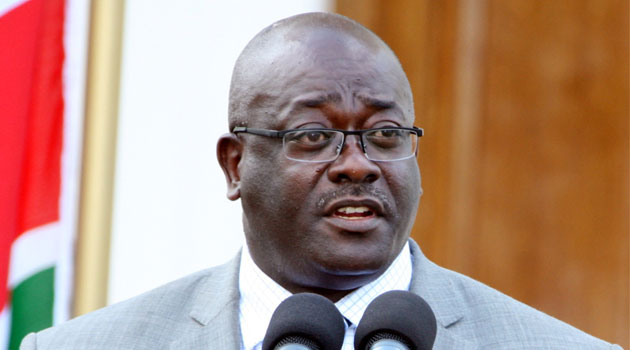NAIROBI, November 24 – The government has set aside Sh1 billion to finance voluntary male circumcision programmes to be carried out in all public hospitals across the country.
Public Health and Sanitation Assistant Minister James Gesami said on Monday said the initiative was aimed at reducing HIV prevalence rates in the country by 60 per cent.
“Whereas circumcision can avert so many HIV infections, if we don’t use it properly in terms of using septic techniques, we shall increase again the number of HIV infections,” the Assistant minister warned.
(Recent studies have shown that HIV infections can he reduced by circumcision but experts say it is not a deterrent against getting infection).
Mr Gesami stated that the national guidance for the voluntary male circumcision was developed early this year to provide a broader framework for its integration into the existing prevention programmes.
He said that a clinical manual for male circumcision had also been developed to set the standards for the provision of medical circumcision services.
The assistant minister however observed that careful planning and preparation was critical to ensure that the circumcision services were safe and accessible and emphasised the need for the operations to be done under hygienic conditions.
“Traditional circumcisers should use septic techniques by not using one knife on several individuals,” he pointed out.
Speaking at the same time, World Health Organisation country representative Dr David Okello however cautioned that circumcision should not be used as an excuse for irresponsible behaviour.
“Circumcision should be promoted along with other HIV prevention strategies including safer sex, reduction in the number of sexual partners, plus the correct and consistent use of condoms,” Dr Okello said.
He explained that sub-Saharan Africa remained the most heavily affected by HIV/AIDS accounting for 67 per cent of all people living with HIV/AIDS, and 72 per cent of HIV related deaths in the year 2007.
The WHO representative said recent statistics indicated that the percentage of people living with HIV/AIDS had remained stable at 50 per cent globally since 1990.
“In Kenya for example, the number of women living with HIV/AIDS is 1.5 times that of men,” he stated.
On the mode of transmission, the WHO representative said evidence pointed at significant HIV transmission in homosexuals, drug users and commercial sex workers especially in sub-Saharan Africa.
He said that proven HIV prevention strategies exist for every mode of HIV transmission be it sexual, blood borne or mother to child infections.
He said that others included the use of microbicides, AIDS vaccine and probable secondary effect of antiretroviral therapy that continue to be investigated.
Dr Okello welcomed the move to introduce the free voluntary and informed medical male circumcision as an effective strategy for HIV/AIDS risk reduction in men.









































